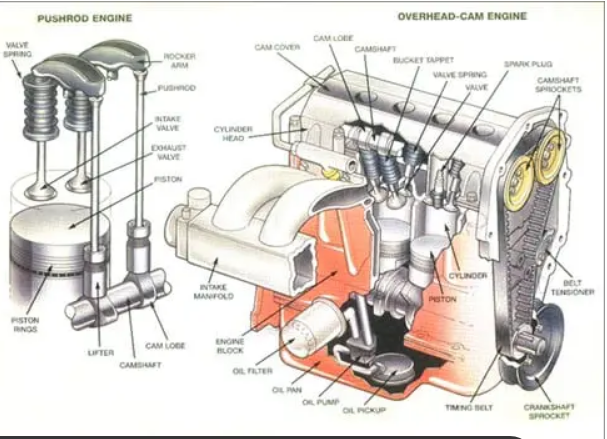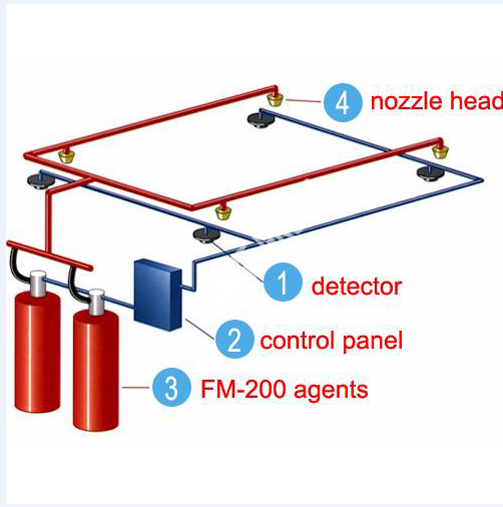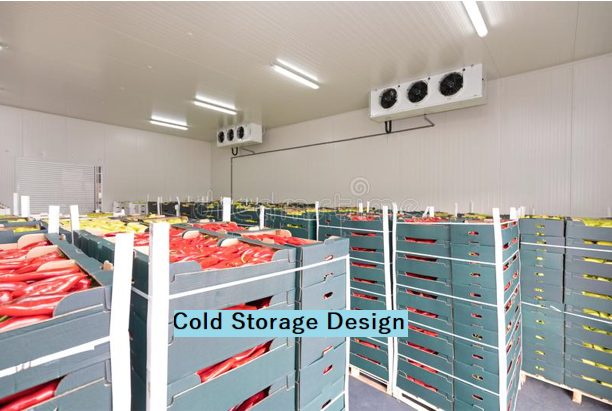Car Engine Parts : Just like humans in order to move, your Engine requires energy. In fact, the core responsibility of the Engine is to transform energy from fuel with a spark, to create the power to move. This internal combustion creates tiny, contained explosions to produce movement. While many of us think of the Engine as one major component, it’s actually made up of several individual components working simultaneously. You may have heard of some of these Car Engine Parts names but it’s important to know what their role is and how they relate to other components within the Engine.
 |
| Car Engine Parts |
Car Engine Parts Pdf
Get to Know Your Engine
Car Engines are designed around sealed, resilient metal cylinders. Most modern vehicles have between four and eight cylinders, though some vehicles can have as many as sixteen! The cylinders are made to open and close at precisely the correct time to bring in fuel to combine with the spark for burning internally, and to release the exhaust gases produced. While there are several components on an engine, we’ve compiled a list of the most essential car engine parts and their functions, that power your vehicle. Refer to the diagram to locate where they reside on your engine.
- Engine Block – This is the very core of the engine. Often made of aluminum or iron, it has several holes to contain the cylinders as well as provide water and oil flow paths to cool and lubricate the engine. Oil paths are narrower than the water flow paths. The engine block also houses the pistons, crankshaft, camshaft, and between four and twelve cylinders—depending on the vehicle, in a line, also known as inline, flat or in the shape of a V.
- Pistons – Are a cylindrical apparatus with a flat surface on top. The role of the piston is to transfer energy created from combustion to the crankshaft to propel the vehicle. Pistons travel up and down within the cylinder twice during each rotation of the crankshaft. Pistons on engines that rotate at 1250 RPM, will travel up and down 2500 times per minute. Inside the piston, lie piston rings that are made to help create compression and reduce the friction from the constant rubbing of the cylinder.
- Crankshaft – The crankshaft is located in the lower section of the engine block, within the crankshaft journals (an area of the shaft that rests on the bearings). This keenly machined and balanced mechanism is connected to the pistons through the connecting rod. Similar to how a jack-in-the-box operates, the crankshaft turns the pistons up and down motion into a reciprocal motion, at engine speed.
- Camshaft – Varying from vehicle to vehicle, the camshaft may either be located within the engine block or in the cylinder heads. Many modern vehicles have them in the cylinder heads, also known as Dual Overhead Camshaft (DOHC) or Single Overhead Camshaft (SOHC) and supported by a sequence of bearings that are lubricated in oil for longevity. The role of the camshaft is to regulate the timing of the opening and closing of valves and take the rotary motion from the crankshaft and transfer it to an up and down motion to control the movement of the lifters, moving the pushrods, rockers, and valves.
- Cylinder Head – Attached to the engine through cylinder bolts, sealed with the head gasket. The cylinder head contains many items including the valve springs, valves, lifters, pushrods, rockers, and camshafts to control passageways that allow flow of intake air into the cylinders during the intake stroke as well as exhaust passages that remove exhaust gases during the exhaust stroke.
- Timing Belt/Chain – The camshaft and crankshafts are synchronized to ensure the precise timing in order for the engine to run properly. The belt is made of a heavy-duty rubber with cogs to grasp the pulleys from the camshaft and crankshaft. The chain, similar to your bicycle chain wraps around pulleys with teeth.
Common Engine Problems
With so many mechanisms performing many tasks at lightning speed, over time, parts may begin to wear causing your Car to behave differently. Here are the most common engine problems and their associated symptoms:
- Poor compression – Results in loss of power, misfiring, or no-start.
- Cracked engine block – Causes overheating, smoke coming from exhaust, or coolant leaks, usually identified on the side of the engine.
- Damaged Pistons, Rings, and/or Cylinders – Exhibit rattling sounds, blue smoke coming from the exhaust, rough idle, or a failed emissions test.
- Broken or worn Rods, Bearings, & Pins – Cause tapping or ticking sounds, low oil pressure, metal shavings found in engine oil, or rattling upon acceleration.
Sun Auto Service specializes in Engine maintenance and repairs. When you’re looking for a repair center to care for your vehicle, you want someone you can trust to provide honest and quality work. Sun Auto Service is the one you can rely on to provide honesty, quality service at a price you can afford. We’re proud to share that we’re an A+ rated business with the Better Business Bureau, employ ASE Certified Technicians, and offer an incredible nationwide warranty that ensures your satisfaction long after your vehicle has left our service center. Dealership level service at a price that fits your budget? It’s not too good to be true, it’s the Sun Auto Service way.





